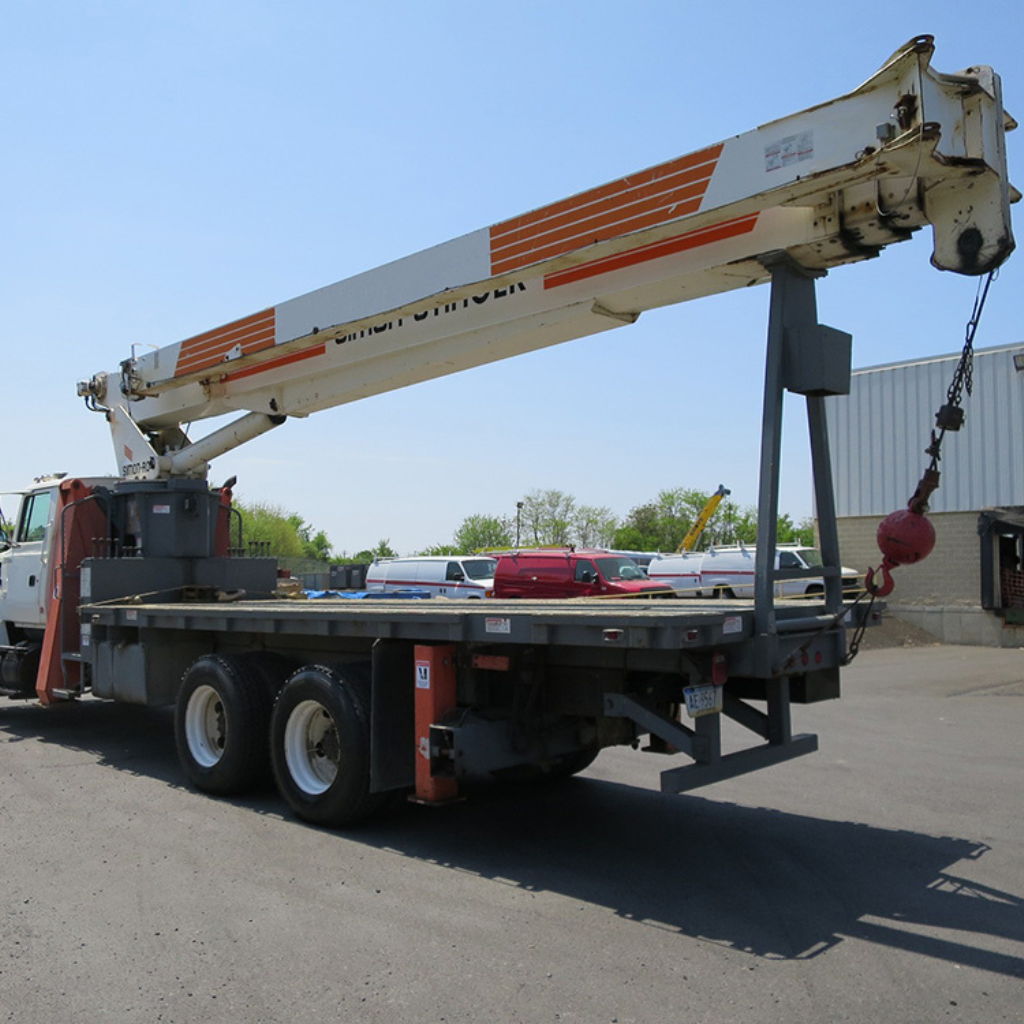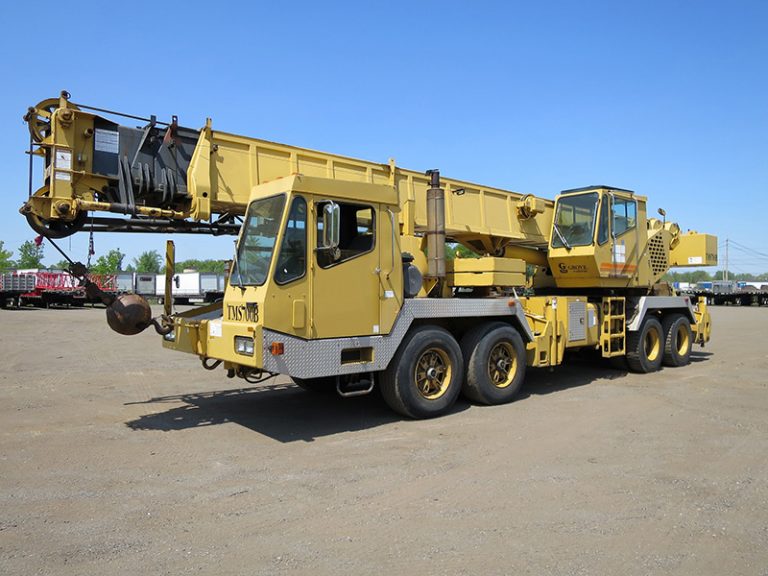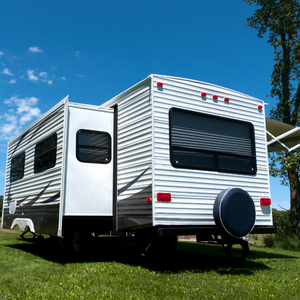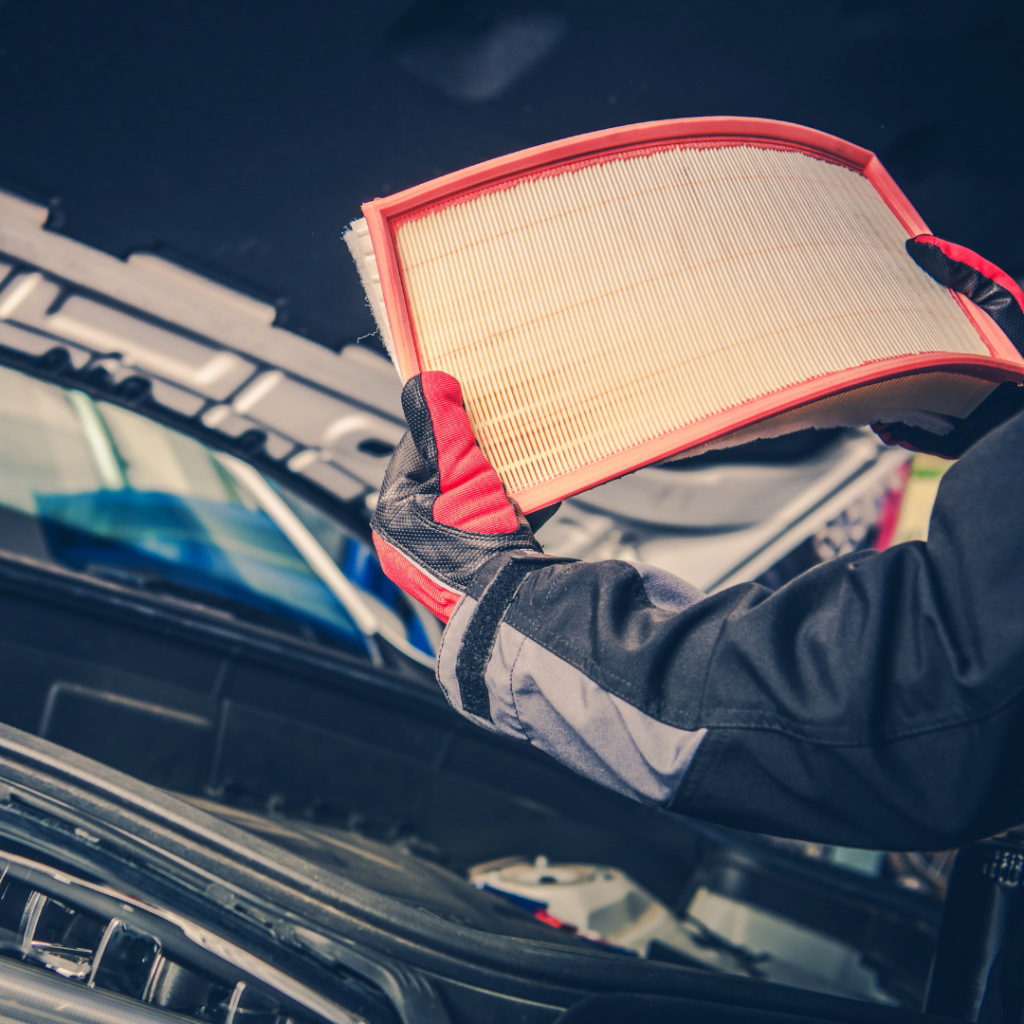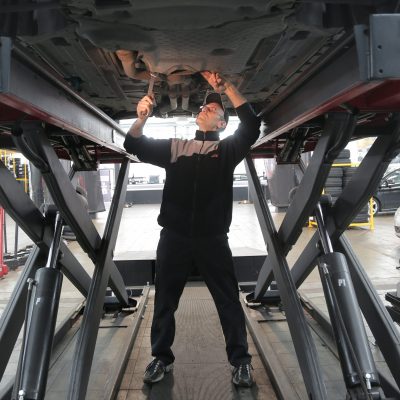Convenience at Your Doorstep:
Knowing When to Dial a Mobile Mechanic
As a vehicle owner, you know how important it is to keep your car, truck, or motorhome in good working condition. Regular maintenance and timely repairs are essential to ensure the longevity and reliability of your vehicle. But what if your vehicle breaks down unexpectedly or needs the immediate attention of an on-call mechanic? That’s where mobile mechanic services come in. In this guide, we’ll discuss some of the common services our mobile mechanics can provide for your vehicle.
Learn more on our Mobile Mechanic services page!
Looking for Mobile mechanic Services near Grand Rapids, Michigan?
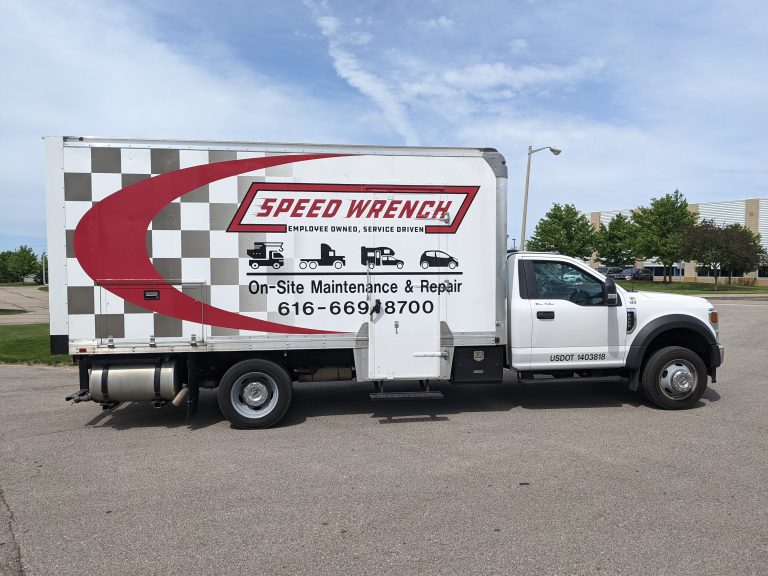
Table of Contents
Alternator Replacement
A common question we get asked is “Can a mobile Mechanic Fix an alternator?”
The answer is yes!
When dealing with a failing alternator, there are a few symptoms that can give you a heads-up. Firstly, you might notice a warning light on your dashboard, often shaped like a battery or marked “ALT” or “GEN.” This light is a clear indicator that there’s an issue with your alternator.
Secondly, you may experience dimming or flickering headlights. The alternator’s decline in functionality can cause fluctuations in the electrical power supply, resulting in inconsistent headlight performance.
Another symptom is a dead or weak battery. If your alternator isn’t functioning properly, it won’t be able to recharge the battery, leading to frequent battery failures or a weakened state that affects your vehicle’s overall electrical system.
Unusual noises, such as grinding or whining, coming from the engine area can also be a sign of a failing alternator. These noises occur as a result of internal mechanical issues within the alternator itself.
Now, here’s where a mobile mechanic can come to the rescue and fix your alternator issues. When you suspect an alternator problem, a mobile mechanic can arrive at your location, equipped with the necessary tools and expertise. They can perform a thorough diagnosis to confirm whether the alternator needs replacement. If a replacement is indeed necessary, they can swiftly remove the faulty alternator and install a brand-new one, ensuring your vehicle’s charging system operates smoothly once again.
Battery Replacement
When it comes to a failing battery, there are a few symptoms to keep an eye out for. Firstly, you might experience difficulty starting your vehicle, with the engine cranking slowly or not starting at all. Secondly, you might notice dimming headlights or a dim interior light when you turn on your car. Lastly, a dashboard warning light specifically related to the battery may illuminate, indicating a problem.
Luckily, a mobile mechanic is your go-to in such situations. They can come to your location equipped with the necessary tools and expertise to diagnose the issue accurately. If a battery replacement is needed, they can swiftly swap out the old battery with a brand new one, ensuring your vehicle gets the power it needs. This saves you the trouble of having to tow your vehicle to a repair shop, roadside repair saves you money and allows you to get back on the road in no time. So, rely on the convenience and expertise of a mobile mechanic to tackle your battery woes and keep your vehicle running smoothly.
Brake Caliper Replacement
When it comes to brake caliper issues, there are a few symptoms that may arise. Firstly, you might notice uneven braking or a pulling sensation when you apply the brakes. This can indicate that one of your brake calipers is not functioning properly, causing uneven pressure on the brake pads.
Secondly, you may experience a soft or spongy brake pedal. If the brake caliper is failing, it may not be exerting sufficient pressure on the brake pads, resulting in a lack of responsiveness and a mushy feeling when you press the brake pedal.
Additionally, you might observe brake fluid leaks around the caliper or notice a burning smell while driving, indicating potential caliper damage or malfunction.
When you suspect an issue with your brake caliper, an on call mechanic can come to your location equipped with the necessary tools and expertise to diagnose the problem. If a brake caliper replacement is necessary, they can swiftly remove the faulty caliper and install a new one, ensuring your braking system operates safely and efficiently.
By opting for a mobile mechanic, you avoid the hassle of driving your vehicle to a repair shop and benefit from the convenience of having the repair done at a location of your choice.
Brake Pad Replacement
The brake pads are the component of your vehicle’s braking system that presses against the brake rotor to slow down or stop the vehicle. Over time, the brake pads wear down and need to be replaced. Signs of worn-out brake pads include a grinding noise when applying the brakes, reduced braking performance, and a vibrating brake pedal.
If you notice any of these signs, it’s best to call a mobile mechanic. They can perform a diagnostic service to determine if the brake pads need to be replaced. If they do, the mechanic can replace them on the spot, ensuring your vehicle’s safety.
Diagnostic Service
A mobile mechanic’s diagnostic service can be highly advantageous in several ways. Firstly, it provides the convenience of on-site vehicle inspection, eliminating the need for you to transport your vehicle to a physical repair shop. This saves valuable time and effort, especially in cases where the vehicle is not drivable or requires towing.
Moreover, mobile mechanics are equipped with advanced diagnostic tools and equipment, allowing them to perform comprehensive and accurate assessments of your vehicle’s systems. They have access to the latest diagnostic software and are knowledgeable about the specific diagnostic procedures for various makes and models.
The diagnostic service offered by on call mechanics is conducted by experienced professionals who possess in-depth knowledge of automotive systems. They can efficiently identify and isolate the root causes of complex issues, leveraging their expertise in interpreting diagnostic codes, analyzing data readings, and conducting thorough visual inspections.
Furthermore, after the mobile mechanic diagnoses your vehicle, in most cases he will be able to fix it on the spot!
Emission Failure
Mobile mechanics specializing in emission-related issues have the necessary equipment and expertise to perform on-site emissions testing and diagnostics. They can quickly identify the specific cause of the emission failure, whether it’s a malfunctioning sensor, a faulty catalytic converter, or any other component related to emissions control.
Furthermore, mobile mechanics are well-versed in local emission regulations and requirements. They understand the intricacies of emission testing procedures and can guide you through the necessary steps to ensure compliance. This expertise can be particularly valuable if your vehicle has failed an emissions test and you need assistance in rectifying the issue promptly.
Ignition Coil Placement
The ignition coil is an essential component in the ignition system of a vehicle. It converts low voltage from the battery into high voltage required to ignite the fuel and air mixture in the engine. If the ignition coil fails, the engine may misfire, hesitate or stall, which could be a potential safety issue.
Ignition coil placement requires expertise, and attempting to fix it without proper knowledge could lead to further damage to the engine. A mobile mechanic can replace the ignition coil at your location, allowing you to get back on the road quickly and safely.
Oil and Filter Change
Radiator Replacement
The radiator plays a crucial role in keeping your engine cool by transferring the heat from the coolant to the air passing through it. However, if the radiator starts leaking or fails altogether, it can lead to engine overheating, which is a serious concern that could potentially cause severe damage to your engine.
If you happen to notice any signs of coolant leaks or experience engine overheating, it is of utmost importance to reach out to a mobile mechanic right away. Replacing the radiator is not a task for amateurs as it requires technical expertise and specialized equipment. That’s why it’s always best to leave this job in the hands of professionals. By contacting a mobile mechanic, they can swiftly diagnose the issue and carry out the necessary radiator replacement at your location, ensuring that your vehicle is up and running safely.
Serpentine Belt Replacement
The serpentine belt is a vital component responsible for driving various engine accessories like the alternator, water pump, power steering pump, and air conditioning compressor. Should the serpentine belt fail, it means these important components will cease to function, posing a potential safety hazard and increasing the risk of engine damage.
If you happen to hear any strange noises emanating from the engine or notice that these accessories are not working as they should, it could indicate that your serpentine belt is either worn out or broken. In such cases, it is highly recommended to seek the assistance of an on call mechanic. They possess the necessary expertise to diagnose the issue accurately and efficiently replace the serpentine belt right at your location. By taking advantage of their services, you can swiftly get back on the road, ensuring your safety and peace of mind.
Starter Replacement
The starter plays a critical role in initiating the engine’s operation by turning the flywheel when you turn the ignition key. If, however, the starter fails, it means the engine won’t start, and that can be a significant inconvenience and even a safety concern.
When you turn the key and hear a clicking sound or if the engine simply refuses to start, it could very well be an indication of a faulty starter. In such situations, it is imperative to contact a mobile mechanic. They possess the necessary skills to diagnose and swiftly replace the faulty starter at your location, ensuring that you can get back on the road quickly and, most importantly, safely.
Thermostat Replacement
The thermostat holds the responsibility of regulating the engine’s temperature by controlling the flow of coolant to the radiator. Should the thermostat fail to function properly, it can result in engine overheating or reduced fuel economy.
If you start noticing any signs of engine overheating or observe a decline in your vehicle’s fuel efficiency, it is crucial to contact a mobile mechanic without delay. Replacing the thermostat is a task that requires technical expertise, and attempting to fix it without the proper knowledge can potentially lead to further engine damage. By seeking the assistance of a mobile mechanic, you can have the issue accurately diagnosed and the thermostat replaced at your location. This ensures that your vehicle can operate at its optimal level, providing you with peace of mind.
Transmission Fluid Change
Transmission fluid plays a vital role in the smooth operation of the transmission itself. It ensures that the gears shift seamlessly and helps transfer power from the engine to the wheels, enabling your vehicle to move efficiently.
Over time, transmission fluid can become dirty, contaminated, or even run low, which can lead to transmission failure and, subsequently, expensive repairs. That’s why it is crucial to have your transmission fluid regularly checked and replaced as needed.
Knowing when to call a mobile mechanic for a transmission fluid change is important. If you notice any signs of transmission problems, such as difficulty shifting gears, transmission slipping, or strange noises, it is essential to reach out to a mobile mechanic as soon as possible. Their expertise allows them to diagnose the problem accurately, identify the root cause of the transmission issues, and determine whether a transmission fluid change is necessary. It is also worth mentioning that if your vehicle has high mileage or is frequently used for towing, it is recommended to have the transmission fluid replaced more frequently as a preventive measure.
Water Pump Replacement
The water pump is a critical component of your vehicle’s engine cooling system. Its primary function is to circulate coolant throughout the engine, ensuring that it stays at the optimal operating temperature. A faulty water pump can have dire consequences, including engine overheating, which can lead to severe damage and result in costly repairs.
If you start noticing any signs of a failing water pump, such as engine overheating, coolant leaks, or unusual noises coming from the engine, it is crucial to contact a mobile mechanic as soon as possible. Mobile mechanics have the expertise to diagnose the problem accurately and efficiently replace the water pump if needed. It is also worth noting that if your vehicle has high mileage or is regularly used for towing, it is recommended to have the water pump replaced preventatively to avoid any potential issues down the road.
Mobile mechanic Services | Conclusion
In conclusion, mobile mechanics can be a true lifesaver when it comes to maintaining and repairing your vehicle. Knowing when to call for mobile mechanic services can save you valuable time, money, and unnecessary hassle in the long run. From radiator replacement to water pump replacement, there are several services that mobile mechanics can provide, ensuring that your vehicle operates safely and efficiently.
By paying close attention to your vehicle’s performance and scheduling regular maintenance, you can prevent many potential problems from occurring. However, if you do notice any signs of trouble, such as coolant leaks, engine overheating, strange noises, or transmission issues, don’t hesitate to call a mobile mechanic. They have the knowledge, skills, and specialized equipment to diagnose and fix the issue accurately and promptly, allowing you to get back on the road with peace of mind. Remember, your vehicle’s health and your safety are paramount, and mobile mechanics are here to ensure both.
Learn more about our mobile mechanic services
Interested in Learning more about our Mobile repair services? You can contact us or check out our on-site mobile repair page!

